Find the perfect contract seating for your next project through Architizer’s community marketplace for building-products. Click here for more information. It’s free for architects.
Today, the majority of occupations in the U.S. require some combination of sitting and standing workers. The Bureau of Labour Statistics reported that across all civilian jobs in 2016, individuals spent an average of 39% of their workday sitting; an extreme case, software developers, spent an average of 90% of their workday sitting.
Tasked with the challenge of providing for such a complex set of considerations, contract seating manufacturers must strive to create excellent products that will successfully promote both physical and cognitive health for diverse situations.
Search for Contract Seating Manufacturers
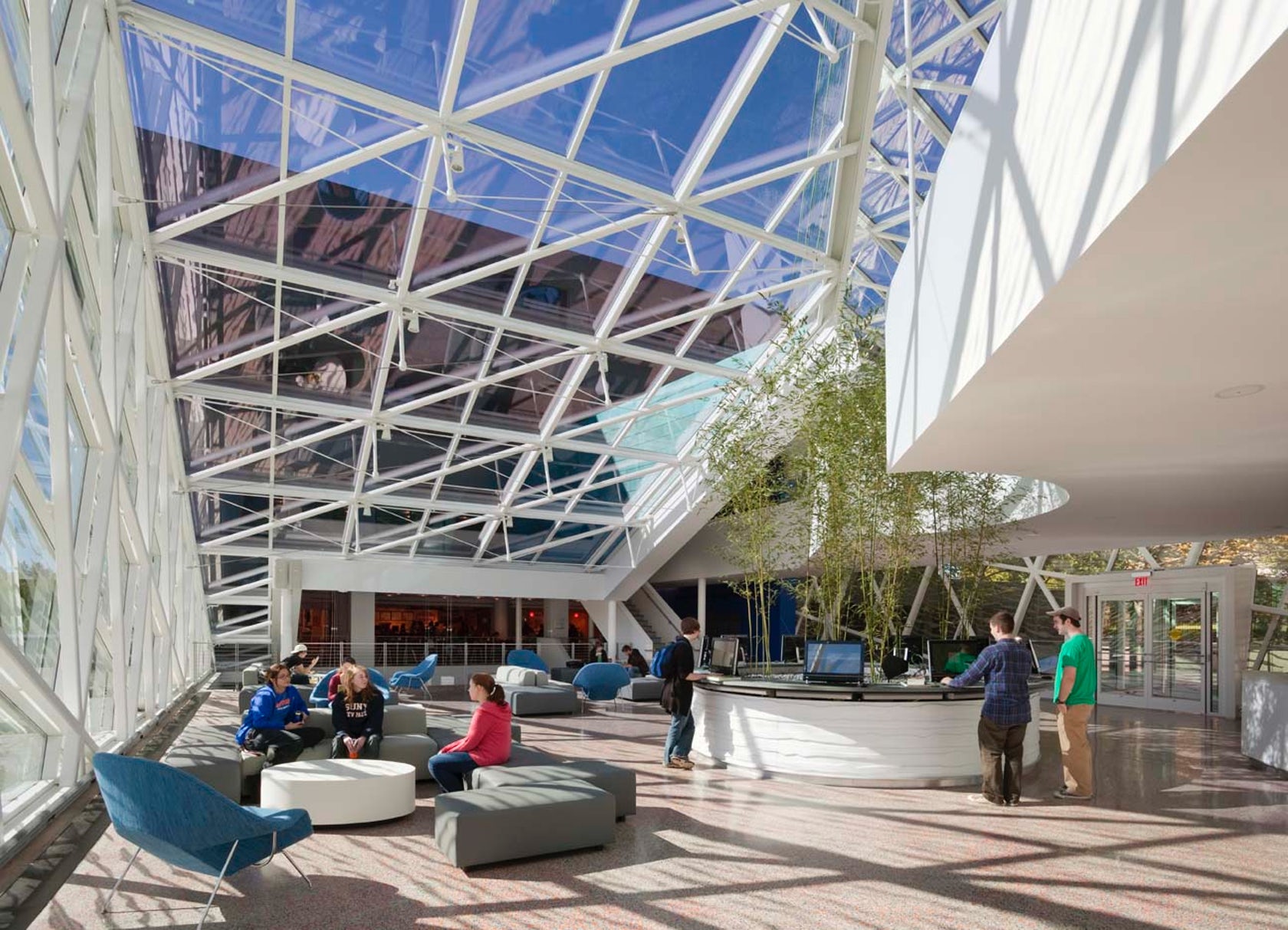
Campus Commons at SUNY New Paltz – Student Center by Ikon.5 Architects boasts furniture by Knoll, Herman Miller and Bernhardt Furniture
With one leg in research and another in product design, manufacturers like Knoll, Herman Miller and Steelcase are stepping up to the plate. According to Knoll, “Sitting is far from static, and in today’s fluid, collaborative work environment, a variety of seating is required to flexibly adapt to the needs of different users across different activities. A person may sit in up to six chairs throughout their workday.” This makes selecting contract seating both fun and, sometimes, a little overwhelming.
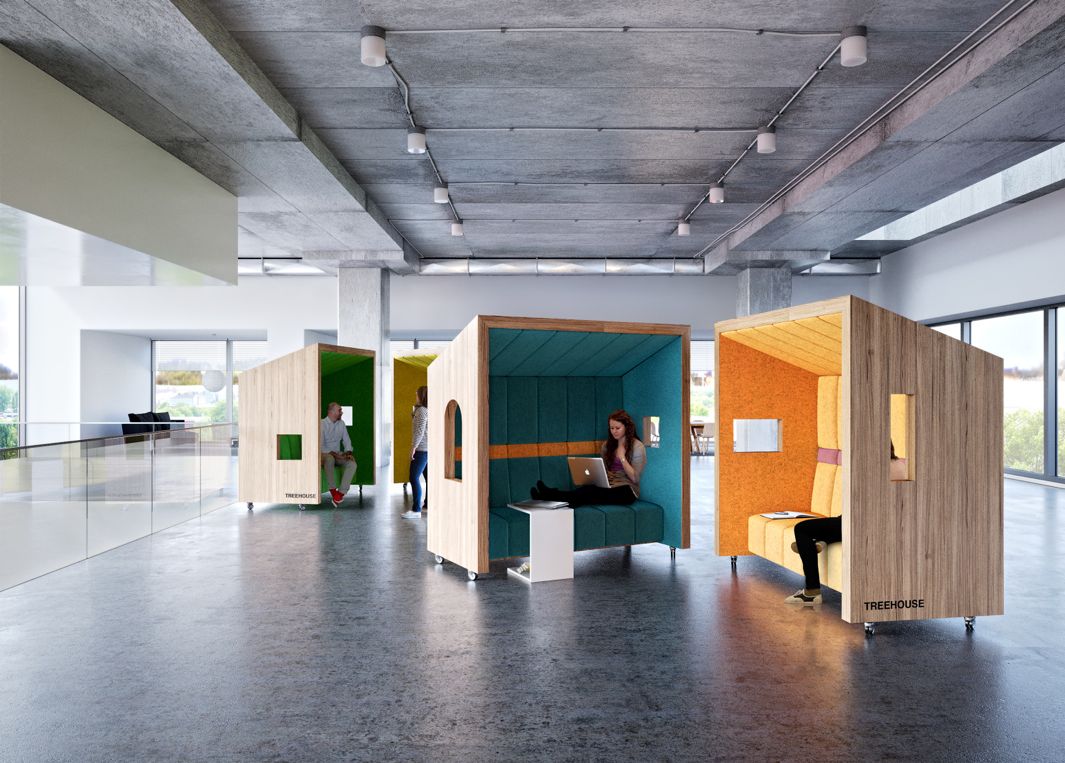
Treehouse 2 by Dymitr Malcew; image via Designboom
Integral to a myriad of commercial and public settings, some of the main typologies in which contract seating takes center stage include workplaces as well as education, hospitality and health facilities. Understanding the setting and future usages of your project space will help determine the best type of seating as well as the appropriate material and size selections. In each case, however, it is important to ensure that the seating can accommodate high traffic, various types of users and exceed any health and safety standards.
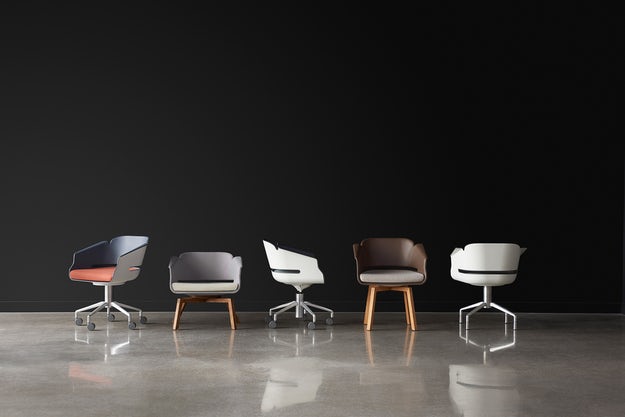
Lyss by All Seating; image via Contract Design
Types of Contract Seating
The language used to differentiate models of contract seating can vary by manufacturer. While the following types of contract seating are not always mutually exclusive, here are a few categories that will help you navigate product selection.
Task Seating: Central to day-to-day productivity and activities, task seating typically serves as the central workspace for focused, individual desk-bound work. Today, ergonomic office chairs offer a custom seating experience that are specifically designer to improve focus and prevent muscle aches and pains. Mesh task seating is especially common, as it provides extra breathability and comfort.
The dimensions of task seating depends primarily on the type of product and its users. For adults, the standard width is between 16 and 20 inches and the standard depth is between 16 and 18 inches. The depth of the seat typically tapers off 2 to 3 inches from the front in order to comfortably allow for clearance of the user’s legs.
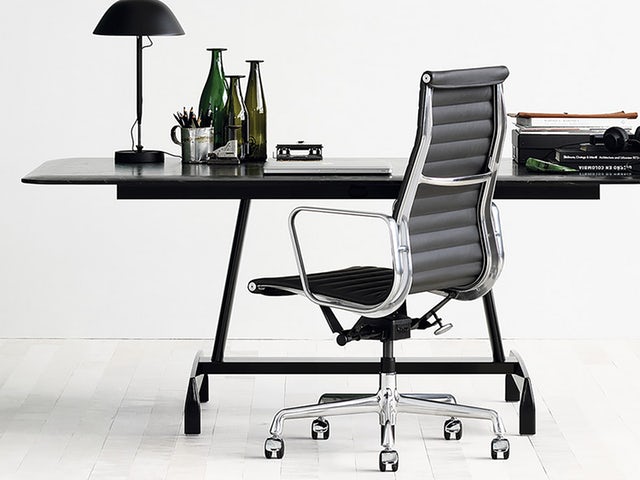
Eames Aluminum Group by Herman Miller
Conference and Executive Seating: Conference and executive chairs are specialized forms of task seating that are thoughtfully designed with private offices and board rooms in mind. Not only are they ergonomically designed to make meetings more comfortable, but they also harness luxurious, high-end materials like leather and aluminum.
Multipurpose Seating: A central tenet of today’s workplaces, multipurpose seating allows workers to move seamlessly between multimodal tasks. Multipurpose seating typically includes side chairs and stacking chairs.
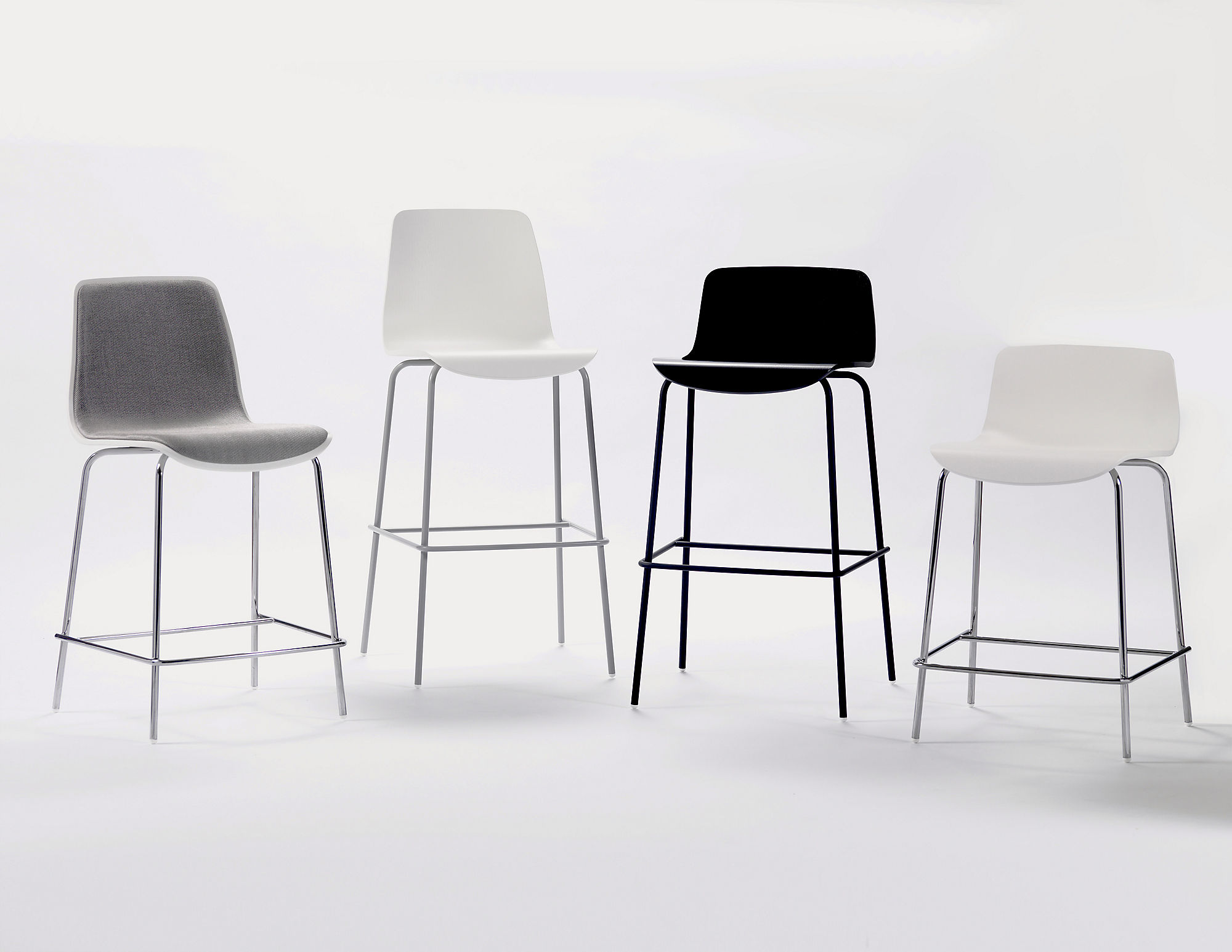
Andaz by Todd Bracher via HBF Furniture
Many contract seating manufacturers make beautiful, minimal side and stacking chairs that are well suited for every context, whether eating or meating. For example, Andaz by New York designer Todd Bracher (pictured above) is available as a stacking side chair, barstool or counter stool, with both mid and low-back options available.
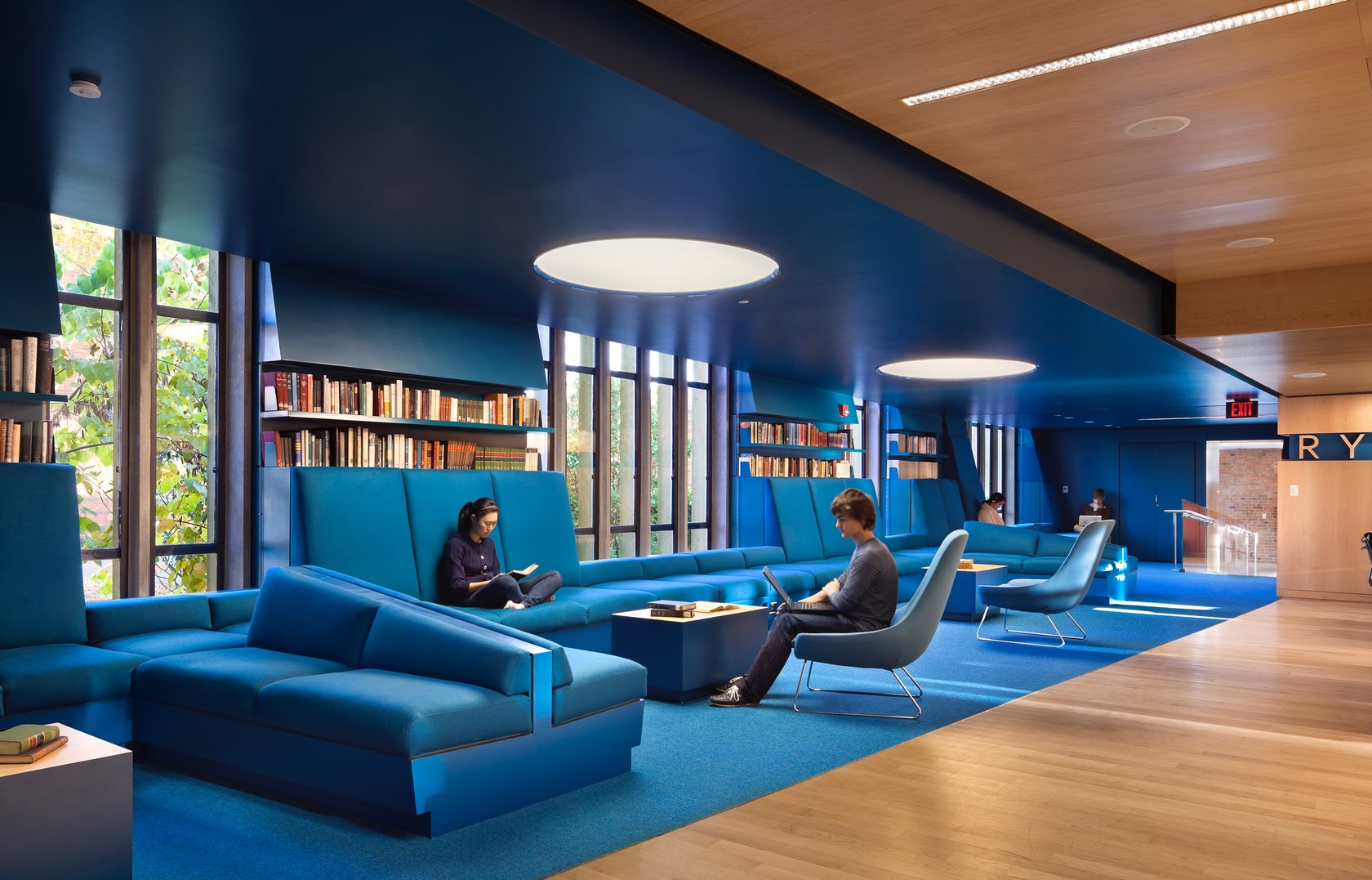
Julian Street Library at Princeton University by Joel Sanders Architect features side chairs and lounge seating by Herman Miller
Lounge Seating: Also referred to as collaborative seating, lounge seating is a key component of planning effective and comfortable spaces for formal and informal collaboration. Including couches, ottomans, stools and other modular pieces, manufacturers can provide architects with hundreds of design ideas for planning flexible, breakout seating areas. For further modular seating inspiration, check out Architizer’s collection, Sitting Pretty: 8 Marvelous Modular Seating Systems.
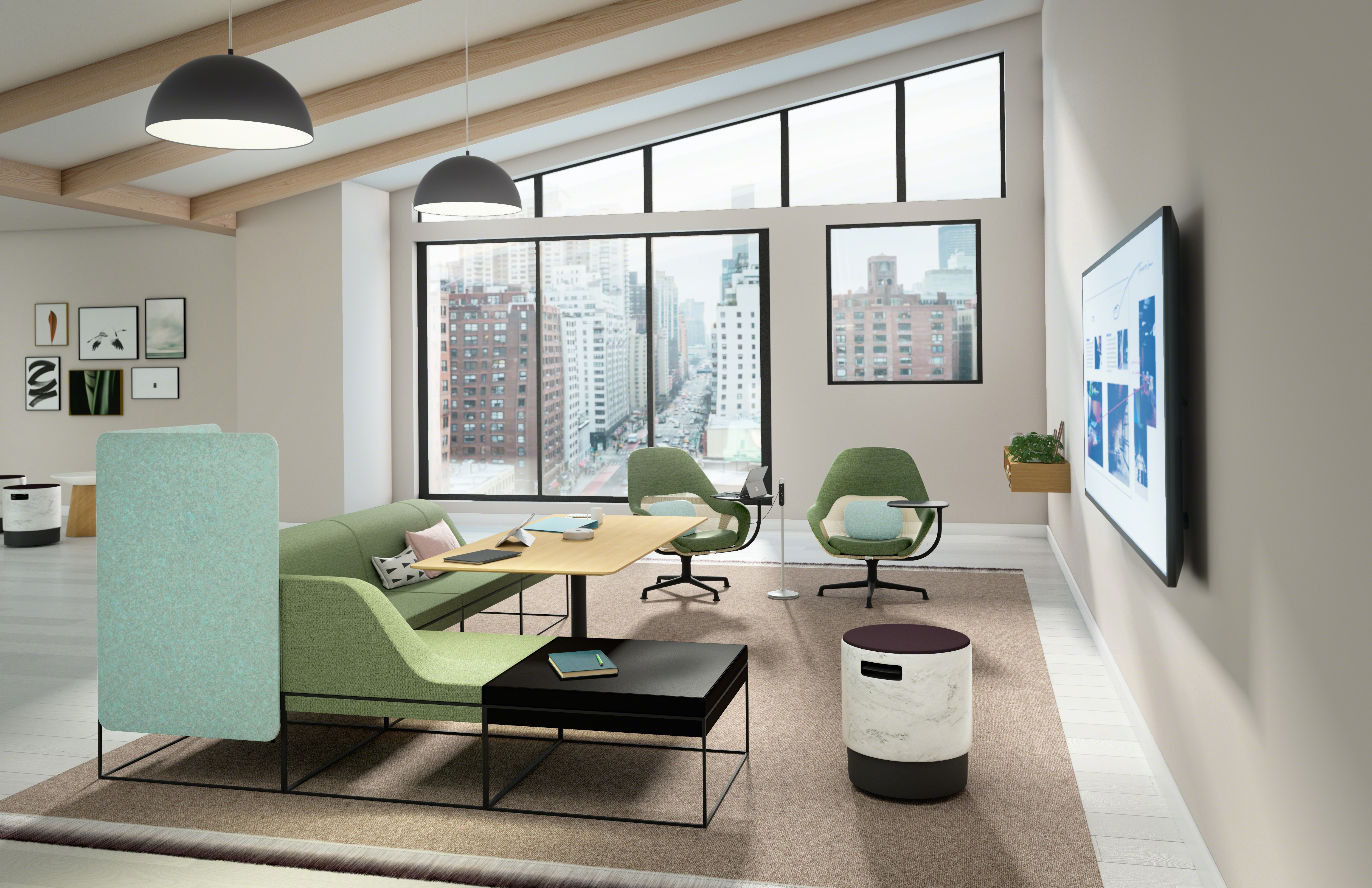
Umami Lounge System by Steelcase; image via Steelcase
Umami by Steelcase is just one modular lounge system that can be configured to form different working environments. Umami can be arranged in straight, L and U shapes, and harnessed as a booth, open lounge and just about everything in between. At the heart of the design is its beautifully contoured upholstered seating, which can be specified in a variety of textiles and colors.
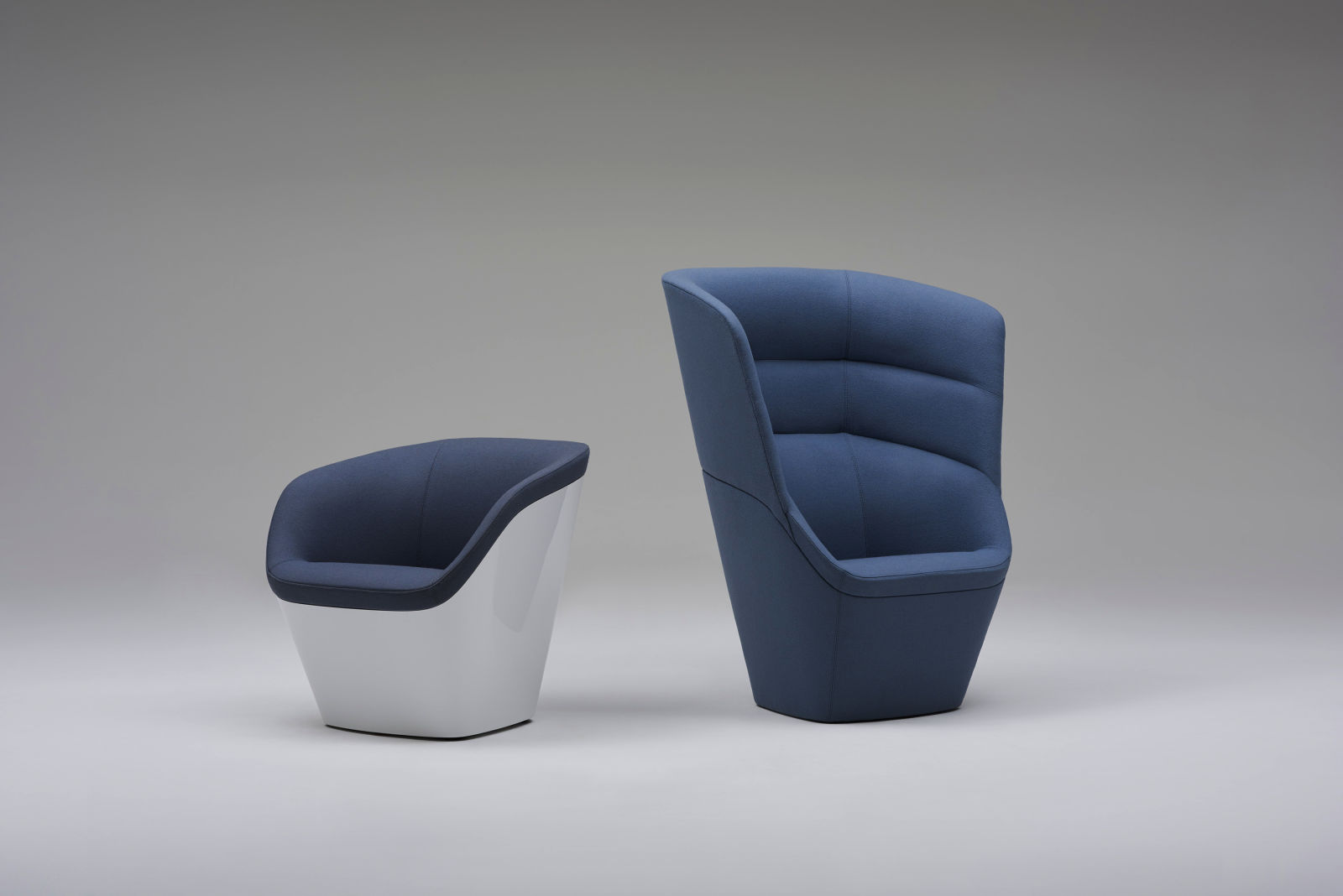
Soft Privacy by Jehs+Laub; image via Davis Furniture
Privacy Solutions: Many manufacturers are also responding the open-plan workplace plea for privacy solutions. Jehs+Laub’s Soft Privacy, for example, is a lounge chair with a high back and sides that rise seamlessly from a tapered base. Ideal for university and hospitality environments, these chairs can function as a quiet alcove for one or be clustered into groups, converting any setting into a semi-private meeting zone. If you are looking to incorporate privacy solutions into your next design, check out Architizer’s collection, Contract Furniture: 5 Designs Rethinking Privacy in the Workplace.
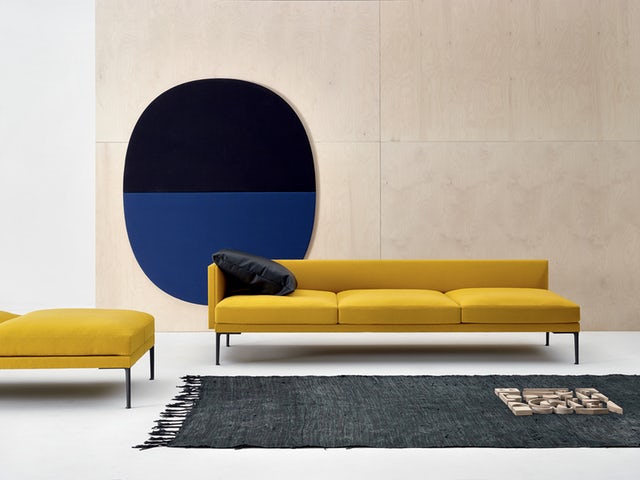
Steeve by Arper
Materials and Aesthetics
Many indoor commercial and public spaces feature fabric upholstery because it is durable, inviting and highly customizable.
Natural Fabrics: Including cotton, linen, leather and wool, natural fabrics are known for their aesthetic appeal, softness and versatility. However, they are also generally harder to clean and more expensive than other options, which makes natural fabrics better suited for low-traffic settings such as executive suites or high-end hotels.
Synthetic Fabrics: Synthetic fabrics tend to be a cheaper and more durable alternative to natural fabrics, and are therefore ideal for public spaces and high-traffic areas.
- Polyester and Microfiber: Polyester was introduced by DuPont in the 1950s. The benefits of polyester and microfiber range from their wrinkle and fade-resistance to their durability and ease of cleaning. Polyester and microfiber are also naturally flame-retardant and tend to hold their shape better than cotton and other natural fabrics. These characteristics make polyester and microfiber perfect materials for heavy-traffic areas.
- Acrylic: Developed to imitate wool, acrylic possesses a soft, natural feel and is often used to mimic plush velvets. Acrylic fabrics are quick-drying and resistant to sunlight, fading, mildew, wrinkling and soiling. However, acrylic fabrics are not flame-retardant. One thing to remember is that low-quality acrylic may pill excessively in high-traffic situations. High-quality acrylics, such as Sunbrella, are specially manufactured to minimize pilling.
- Nylon: Nylon was introduced by DuPont in 1939. Nylon is extremely durable and highly resistant to abrasion, mildew and wrinkling, which makes it a common material in high-traffic commercial spaces. One downside of nylon is that it has poor resistance to sunlight.
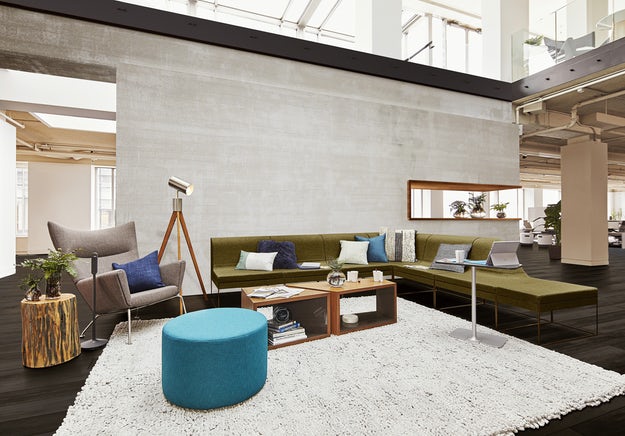
Umami by Steelcase
Treatments and Finishes: Other specialized treatments and finishes can greatly enhance a product’s durability and longevity.
- Crypton: Crypton is an engineered fabric system that delivers superior performance from stains, moisture, mildew, bacteria and odors. Crypton treated fabrics can be cleaned with bleach and are strong enough to withstand healthcare-grade disinfectants. In addition, a newer version of this product, Crypton Green, improves the sustainability of the product by reducing its reliance on petroleum-based materials and improving its manufacturing efficiency.
- Antimicrobial Finishes: Antimicrobial finishes, which were specifically developed for the healthcare industry, inhibit yeast, fungi and bacteria from developing and settling into the fabric.
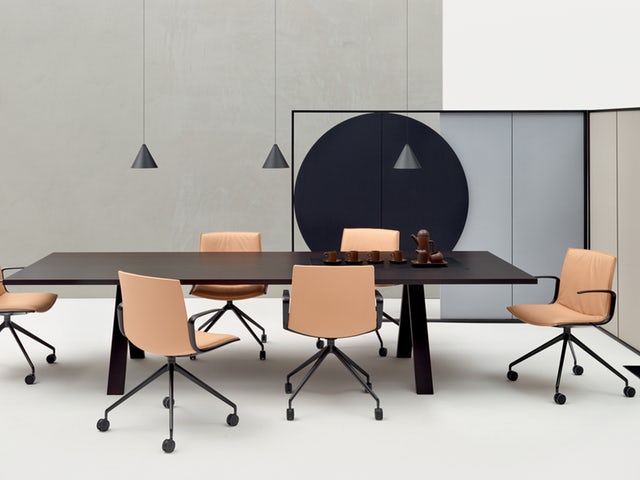
Catifa Up by Arper
Frame Construction: Common materials for frame construction are steel, aluminum and plastic. Steel and aluminum are good options for durability, while plastic is a cheaper option that is more likely to wear down with time.
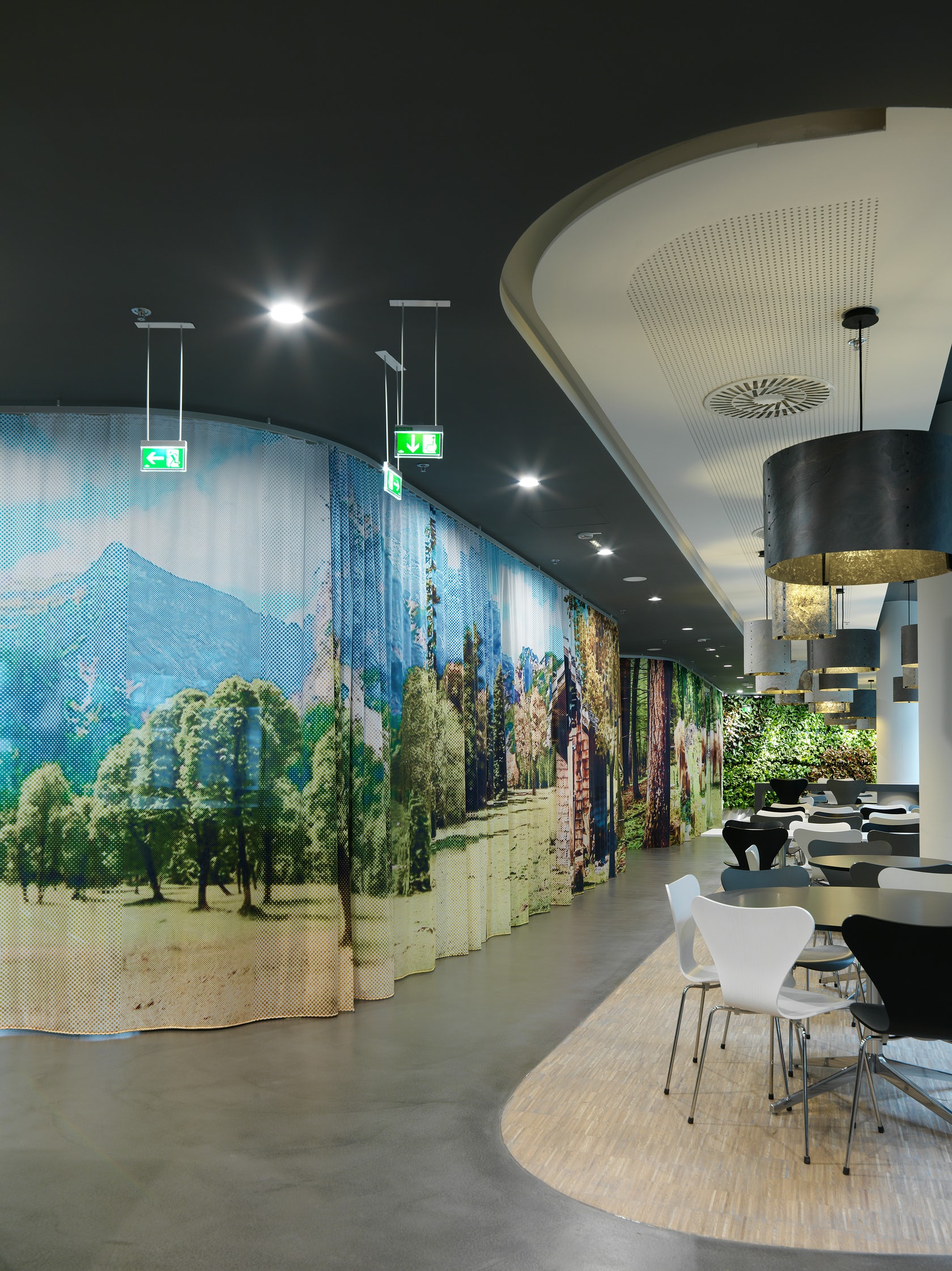
HQ ÖBB by INNOCAD Architecture features seating by Arper
Performance
Safety: An important consideration for seating, particularly in commercial settings, is addressing safety concerns. This can include educational settings, in which seating should not have any sharp corners in order to prevent any injuries to children. While there is not one clearinghouse that provides guidance on these types of measures, some important sources include the American National Standards Institute (ANSI) and the Business and Industrial Furniture Manufacturers Association (BIFMA).
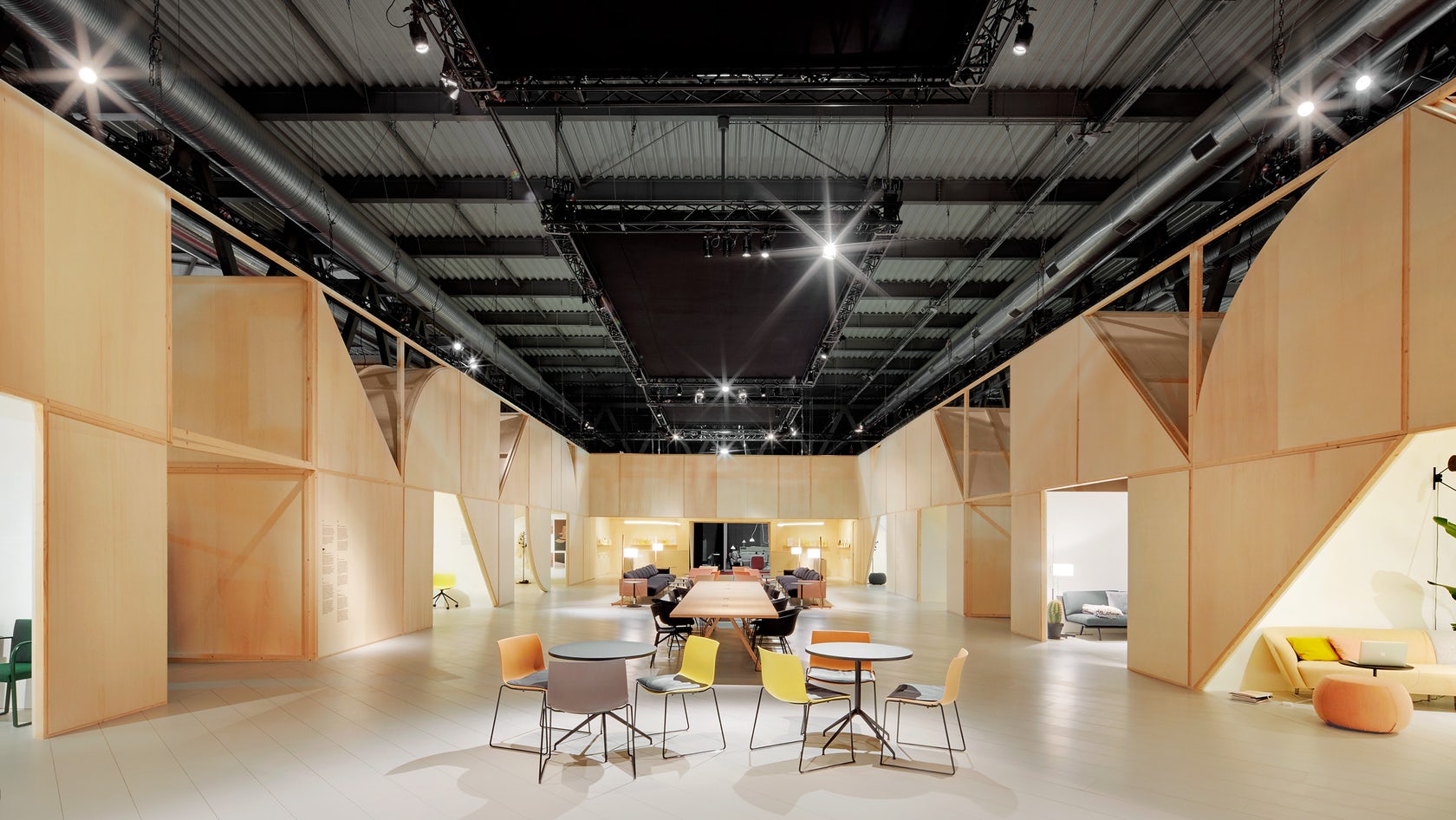
2 BOOTHS FOR ARPER – SALONE DEL MOBILE 2017 MILANO by MAIO features furniture by Arper
Suspension Systems: Seating, particularly sofas and lounge chairs, can come with different types of suspension systems. The highest quality support is provided by 8-way hand-tied springs, which provide the most flexible and even comfort. Sinuous springs are a less expensive alternative and are a good option for seating that sits lower to the ground. Web suspension is the lowest quality, though it can still provide a secure and stable seat.
Adjustable Height: Always consider whether or not the chair’s height should be adjustable. If so, think about the type of mechanism that should control this feature; for example, a hand lever or a foot pedal.
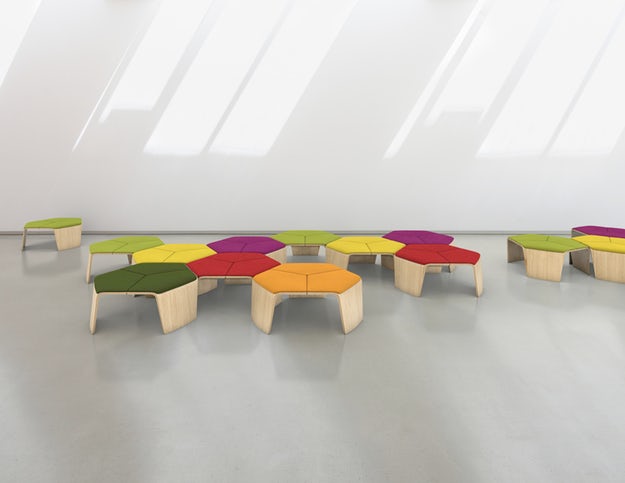
Tre Bench via Davis Furniture
Modularity: Think about whether or not seating needs to be light enough that it can be moved or rearranged easily, and whether or not it requires wheels. Today, most contract seating manufacturers offer modular options for both multipurpose and lounge seating.
Sound Absorption: Exemplified by Jehs+Laub’s Soft Privacy, sound insulating furniture offers a creative and effective solution to help manage noise problems associated with open-plan offices. For more information on acoustical office solutions, check out Architizer’s article, How to Specify: Acoustic Panels.
Case Studies
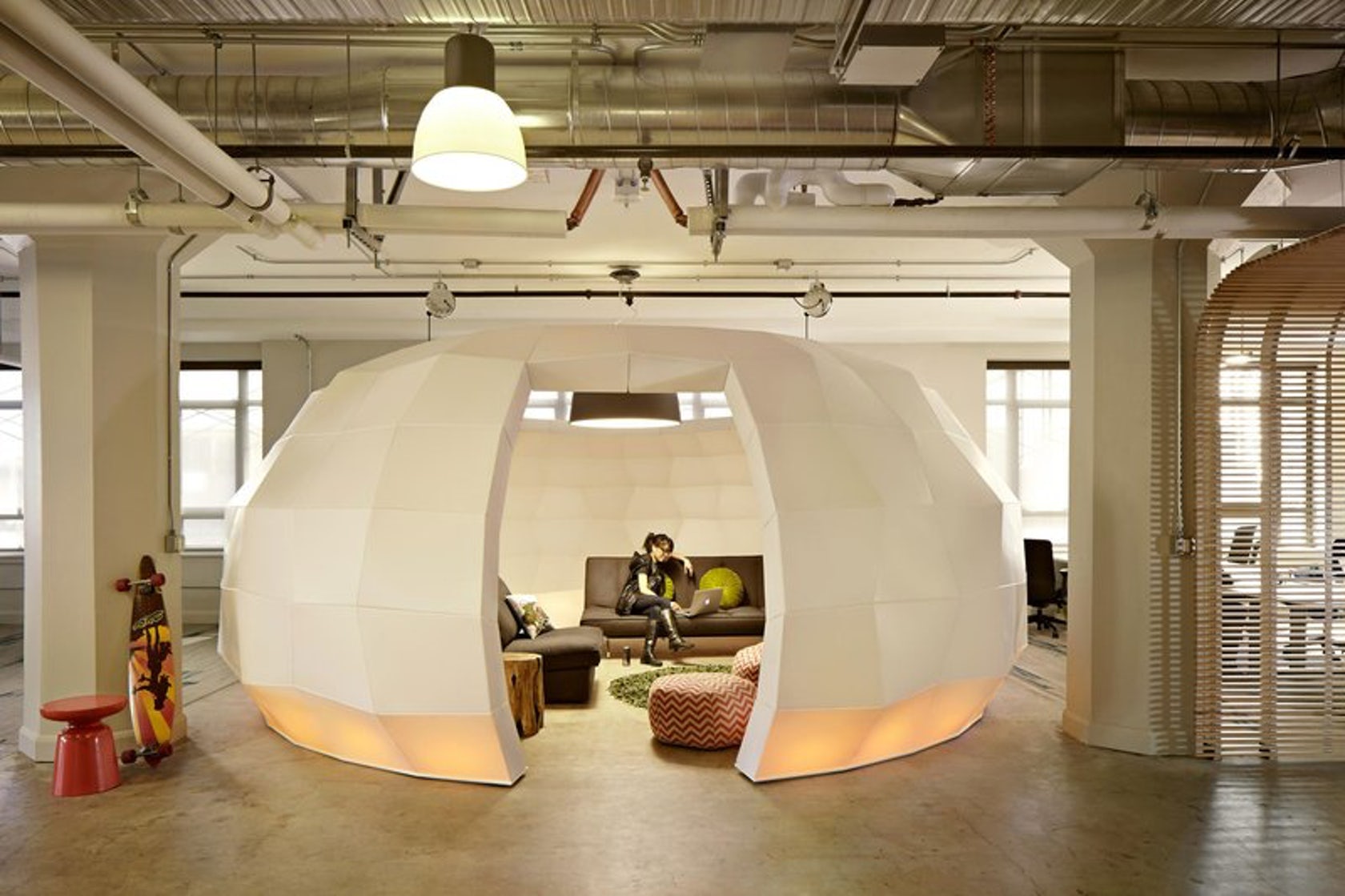
Runway Office by Seeyond Architectural Solutions features privacy booths by Allsteel
Contract Furniture: 5 Designs Rethinking Privacy in the Workplace
In recent years, companies have begun to balance open plans with more focused workspaces, allowing employees to choose how they work. Contract furniture has evolved with this trend, and new pieces allow private, more concentrated settings to tackle the work at hand. From simple booths that can be easily moved to larger furniture pieces that can be combined to create entire meeting rooms, use this collection to inspire the next signature piece of contract furniture in your designs.
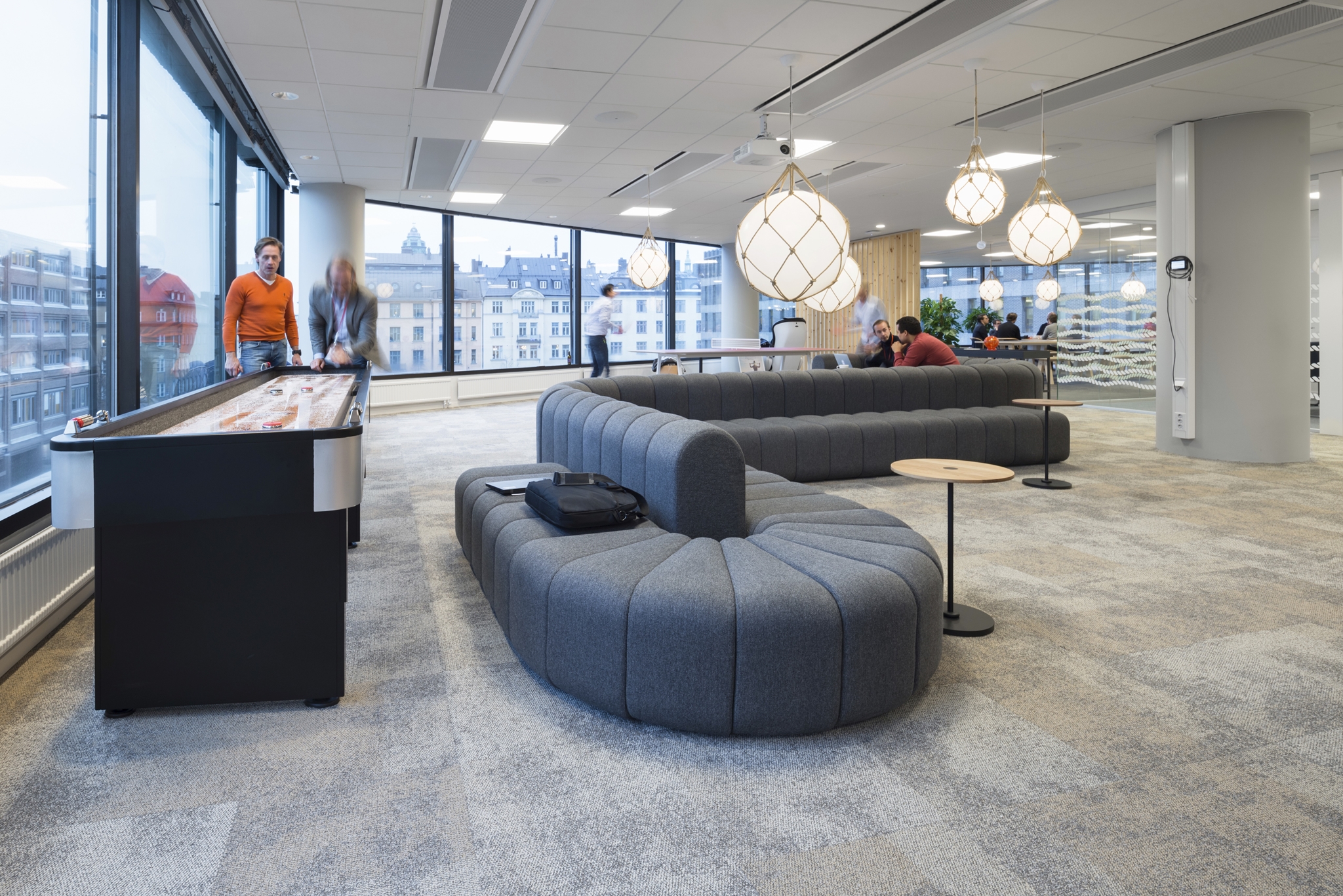
BOB by Thomas Bernstrand and Borselius Design features modular seating by Blå Station
Sitting Pretty: 8 Marvelous Modular Seating Systems
Today’s offices are in a state of constant flux. That’s why more and more offices are replacing their traditional contract furniture with modular seating systems, able to better adapt to these unpredictable environments. These dynamic systems allow users to arrange and rearrange their offices as they see fit. So, before selecting stagnant seating in your next project, check out eight of the most interesting modular systems that are available for specification today.
Search for Contract Seating Manufacturers
Find the perfect contract seating through Architizer’s community marketplace for building-products. Click here to sign up now.
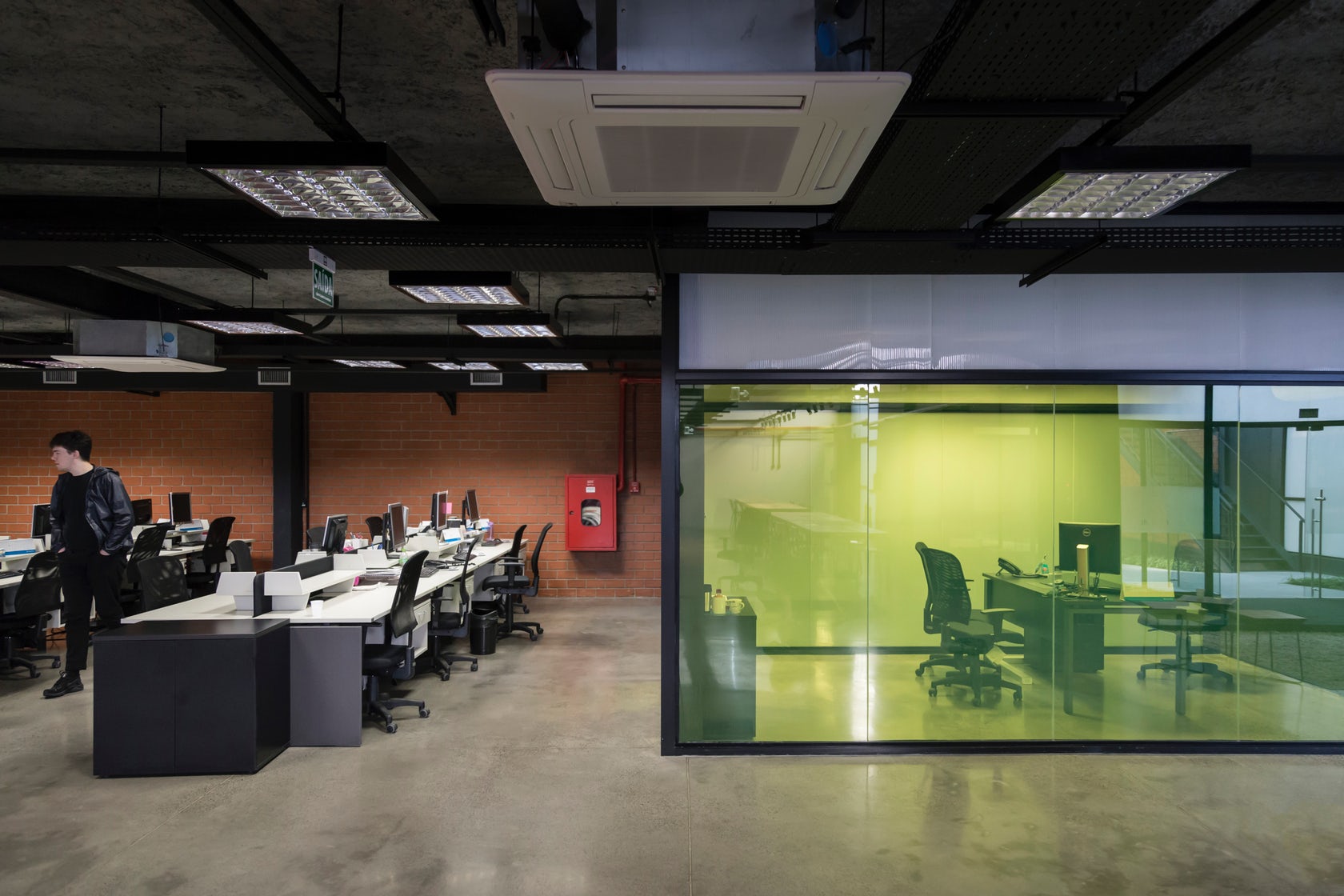
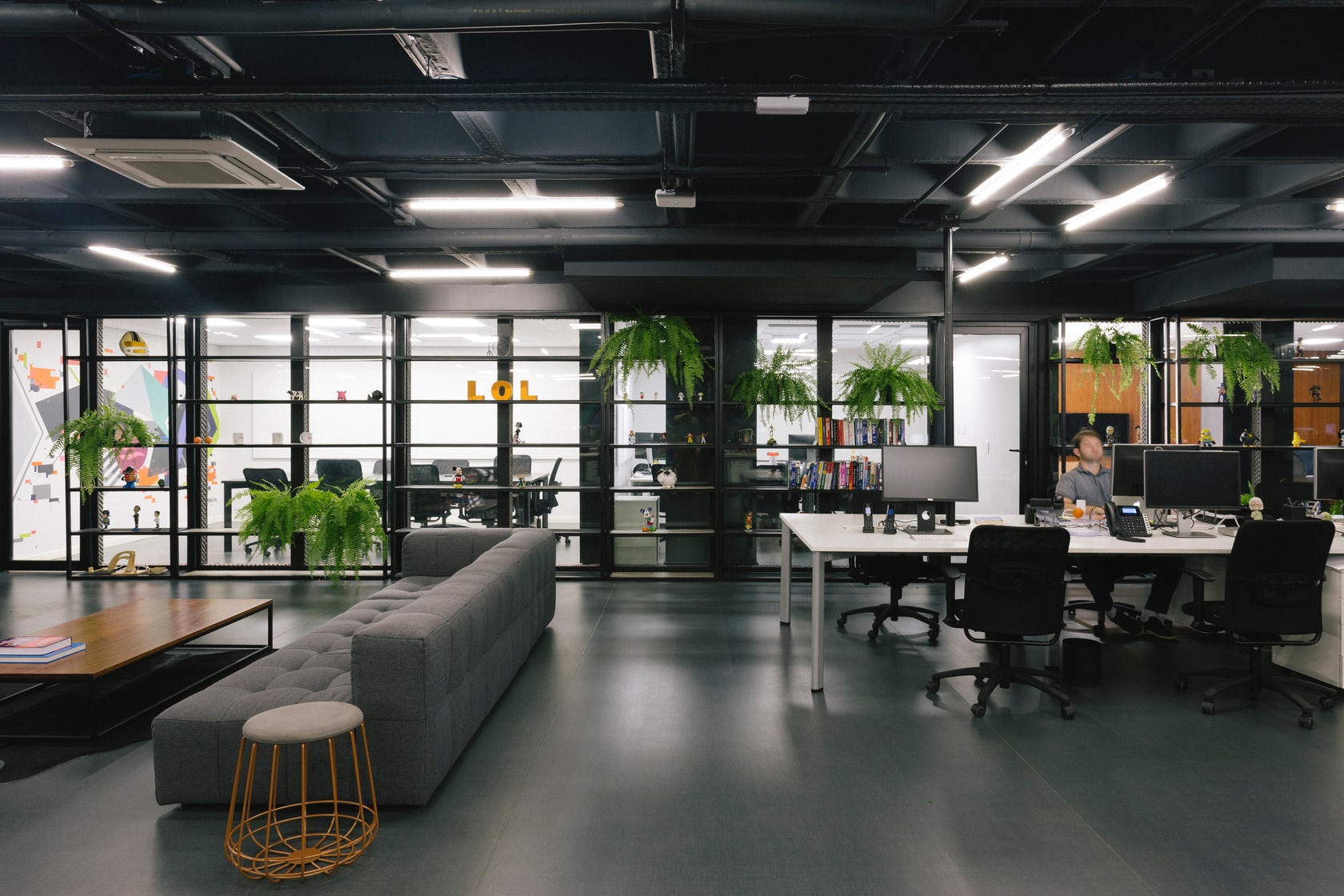
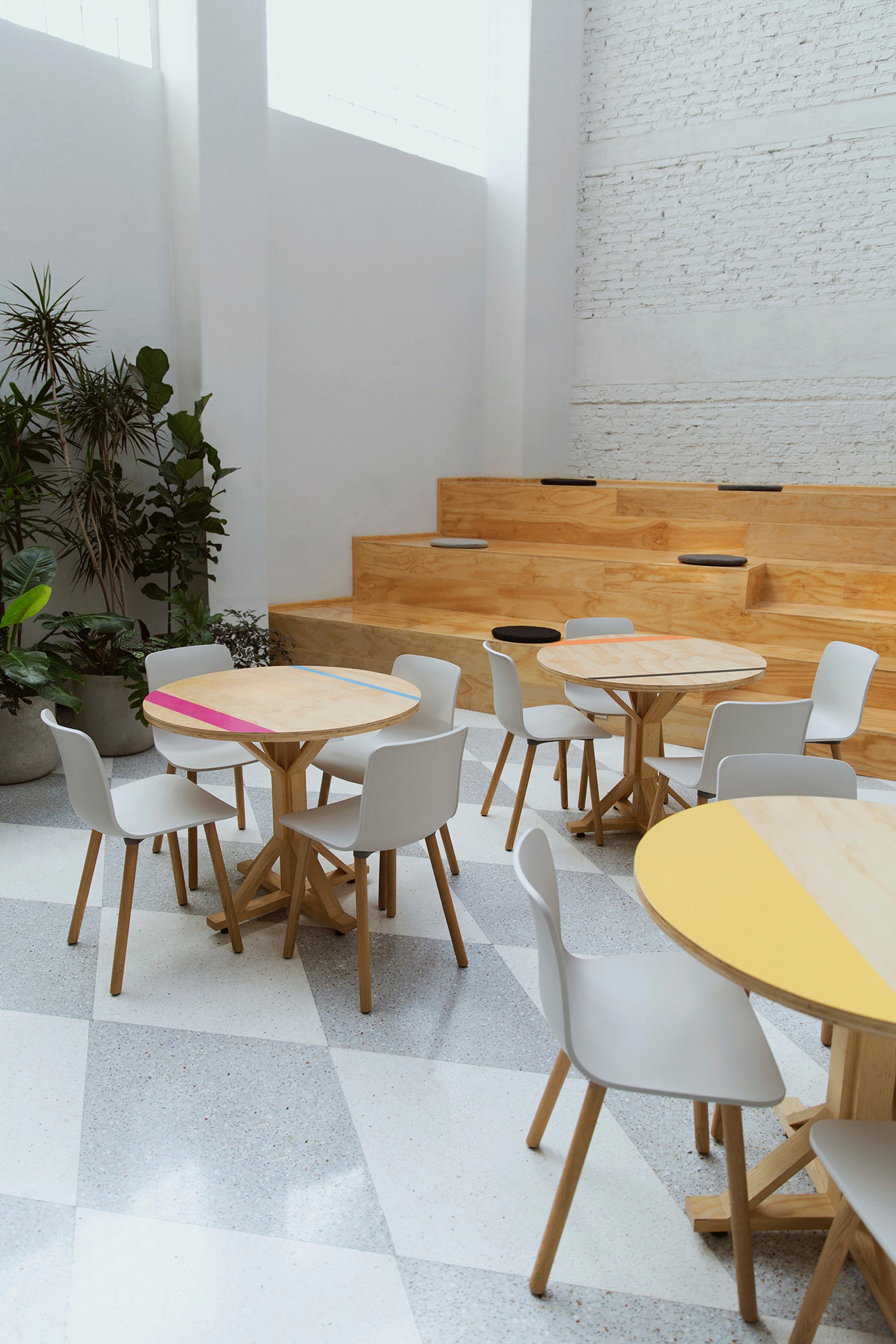
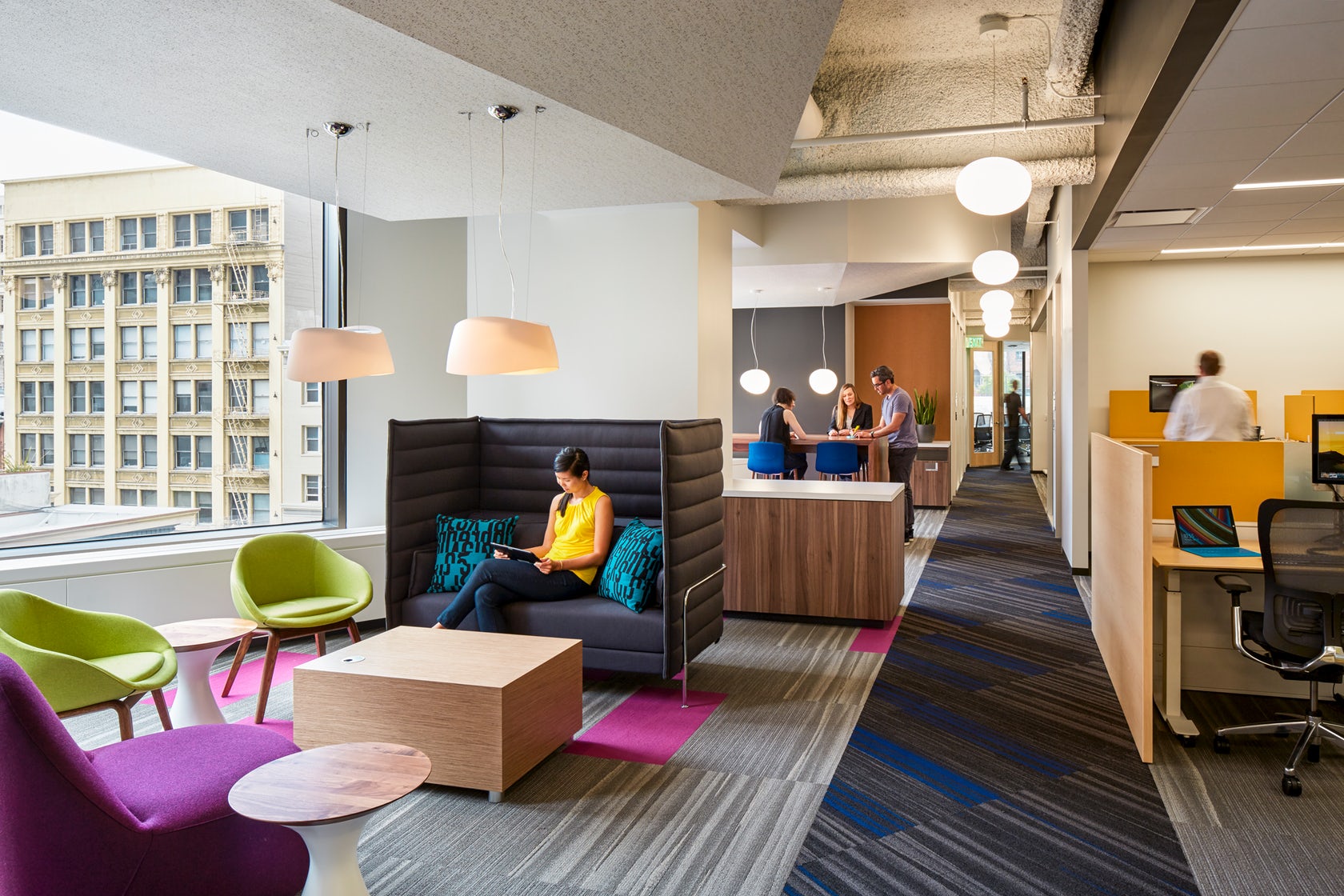
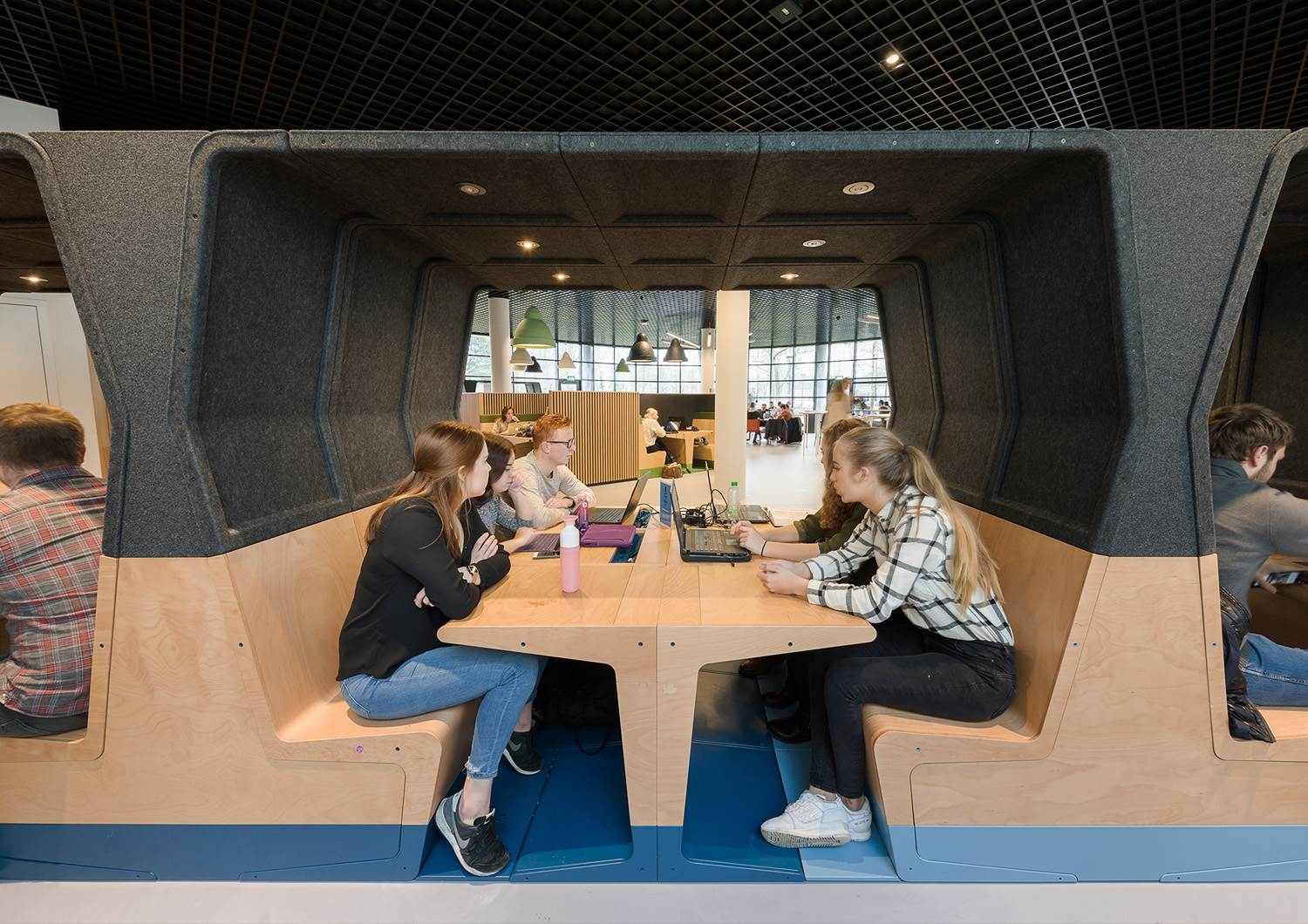
 2 BOOTHS FOR ARPER - SALONE DEL MOBILE 2017 MILANO
2 BOOTHS FOR ARPER - SALONE DEL MOBILE 2017 MILANO  Azion Technologies
Azion Technologies  Campus Commons at SUNY New Paltz - Student Center
Campus Commons at SUNY New Paltz - Student Center  HQ ÖBB
HQ ÖBB  Julian Street Library at Princeton University
Julian Street Library at Princeton University  thyssenkrupp global shared services
thyssenkrupp global shared services 


